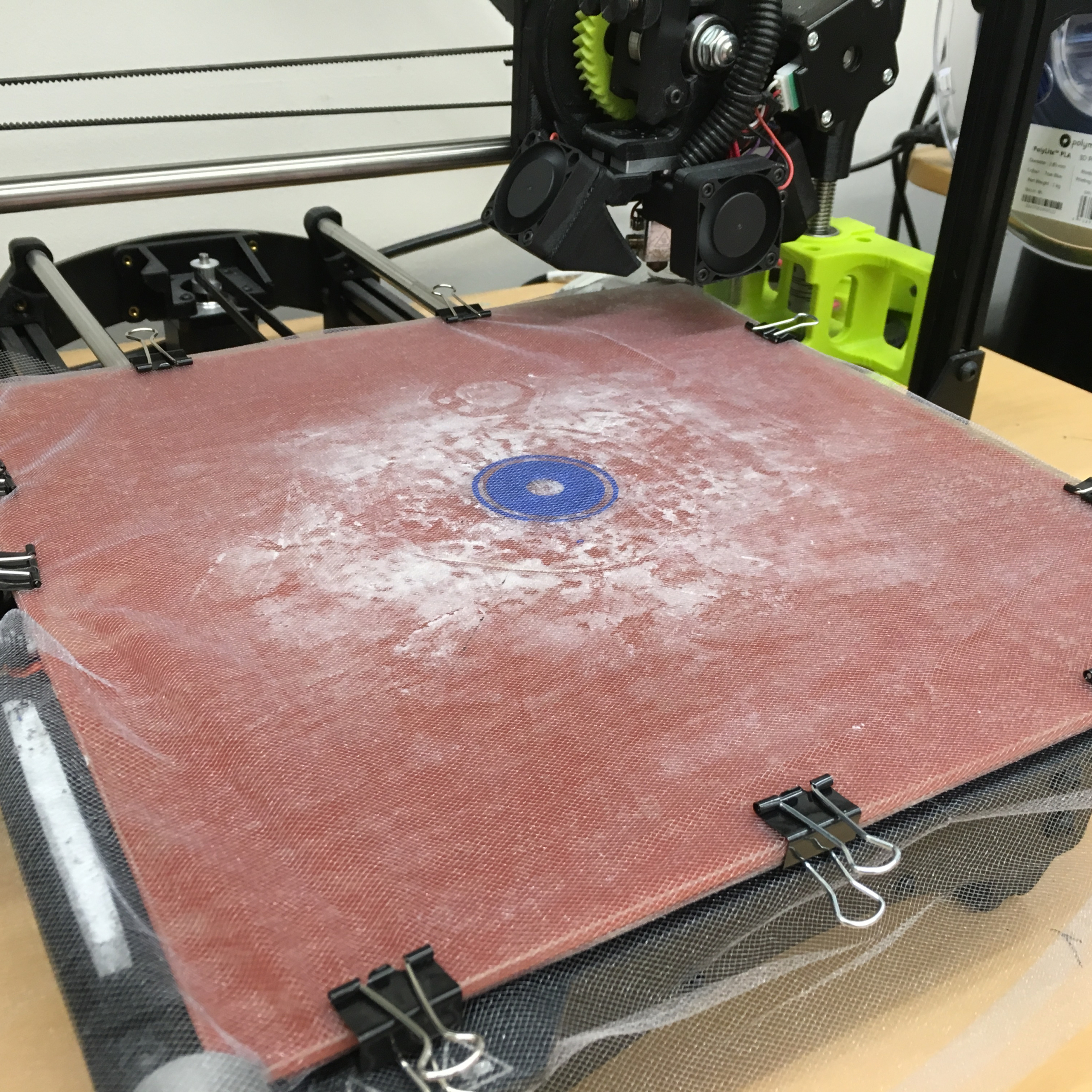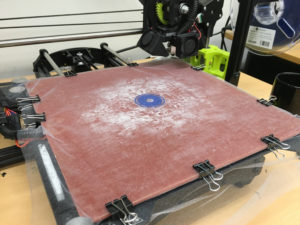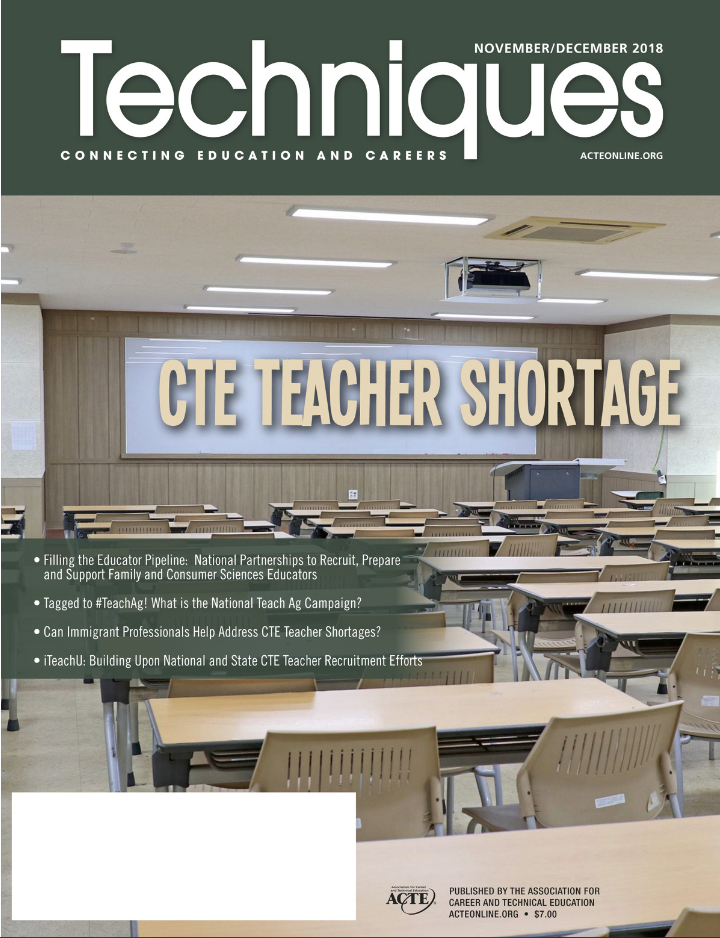How do we prepare today’s students to be the innovators of tomorrow?
Erno Rubik, inventor of the Rubik’s Cube, believes that schools need to change their focus from teaching answers to teaching questions. Leading students to “correct” answers limits potential for students to fully game-like elements to non-gaming environments. Games have always held an important place in human culture and society. Videogaming has seen huge growth since the 1970s. And, in recent years, tabletop gaming such as boardgames and roleplaying increased in popularity. Do you wonder why?
First, tabletop gaming creates an affinity space through shared storytelling, Affinity spaces bring learners together to share knowledge around a common interest and to act as apprentice to one another (Gee >amp; Hayes, 2011).
Second is the rise in participatory culture among people in the fast-paced, digital world. Participatory culture thrives on social connection, sharing and creating in constant exchange (Fuchs, 2014).
At the intersection of these two forces is the creation of a needs-satisfying environment, including support and learning. Basic Psychosocial Needs Theory states that humans need autonomy, competence, and relatedness. An increasing number of people find tabletop gaming to be a needs-satisfying, social learning experience. Through gaming players are motivated to connect to others, learn and grow.
How to select games
Bartle’s Taxonomy suggests that there are four types of players:
- Achievers
- Explorers
- Socializers
- Killers
Each type explains how players approach a game. As with learning styles, most individuals will display traits in more than one category. But it’s likely they will have a dominant trait or overall preference.
Achievers want to collect rewards in order to raise their status. Explorers focus on discovery. Socializers are drawn to games for fun and interaction with others. Killers are highly competitive. As a teacher, you will find all four types of players in the classroom. Just as you would differentiate a lesson plan to meet a variety of student needs, it’s important to also understand the gaming psychology of students. Select games that will appeal to students while also helping them apply course content and practice skills.
Explore FCS careers through gamification.
Family and consumer sciences (FCS) educators introduce students to careers in three primary career fields: hospitality >amp; food production, education >amp; human services, and visual arts >amp; design.
FCS educators should seek games that will help students develop employability skills. Employers hire individuals who can apply knowledge, build and maintain effective relationships, and demonstrate workplace skills.
The tabletop games listed below encourage students to explore careers in FCS. They also help to create affinity spaces and develop a participatory culture that allows students to practice their social skills.
Hospitality >amp; food production
This career field includes “career pathways that promote food and nutrition, culinary arts, and hospitality.” Games can be used to practice and reinforce course content while also introducing careers in this field of study.
- Trekking the World. Help your students explore the world without ever leaving the classroom. The objective of this game is to have the best vacation possible. See famous sights in continents all over the world.
- Fold-it. Students race to fulfill food orders. Each player takes a cloth and must fold it to reveal only the foods presented on the order card. This would be a fun way for students to test their short order cook skills — memory, speed and efficiency.
Education >amp; human services
Possible careers in education and human services include, but are not limited to: teacher, counselor, consumer advocate, and social worker. Consider a game that might contribute to the student learning experience in this career field.
- The Pursuit of Happiness. This game takes a lifespan perspective by allowing the player to guide a character from birth to career. Players get jobs, make financial decisions, and establish relationships. There are lots of choices to make and many ways to apply FCS course content.
Visual arts >amp; design
“The visual arts >amp; design career field attracts students to careers where they can blend skills in creativity, merchandising, science and technology to meet human needs in apparel, textiles and interiors.” The following games introduce students to careers in fashion and interior design.
- Prêt-à-Porter. For students with a passion for fashion, this game gives them the opportunity to run their own clothing company. Players will need to be wise with their money as they hire employees and open new branches and outlets. Each quarter, the clothing companies have to present their best clothing collection at the competitive fashion show.
- Floor Plan. The objective of this game is to design a dream home that will make your clients happy. Players roll dice to determine which floor plan features they will compete to design.
Games, used as a classroom activity, can open up a whole new world of learning for students. Games motivate students toward learning, helping them learn course content while also developing critical relationship skills. Through play, students prepare for careers by engaging in critical thinking and problem solving.
Nicole A. Graves, Ph.D., CFCS-HDFS, is an assistant professor in the Division of Education, Counseling and Human Development at South Dakota State University. She is a teacher educator for family >amp; consumer sciences and agricultural education. Email her.
Patrick Hales, Ph.D., is an assistant professor in the Division of Education, Counseling, and Human Development at South Dakota State University. He serves as the coordinator for the secondary education program. Email him.









